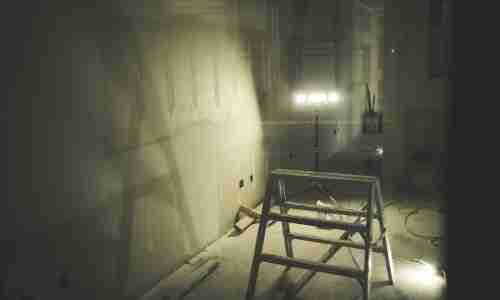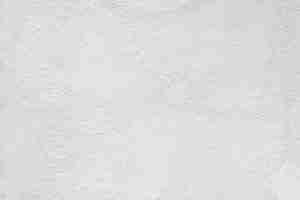Drywall texturing is more than just a finishing touch—it’s an art form that can elevate the look and feel of your space. In this guide, we’ll explore various techniques and styles of drywall texturing, allowing you to transform your walls and ceilings into stunning works of art. Whether you’re looking to add depth, character, or a unique design to your interior, we’ve got you covered. Let’s dive into the fascinating world of drywall texturing.
Contents
Smooth Finish
The smooth finish is the simplest and most common drywall texture. It creates a sleek, modern look with no visible texture or patterns. Achieving a smooth finish requires careful application and sanding to create a flawless, flat surface. It’s a popular choice for contemporary interiors where simplicity and clean lines are desired.
Orange Peel
The orange peel texture gets its name from its slight resemblance to the surface of an orange. It involves spraying a fine mixture of drywall compound onto the wall and then lightly flattening the texture with a drywall knife. The result is a subtle, bumpy texture that adds depth without being too pronounced. Orange peel is a versatile option that suits various design styles.
Knockdown
Knockdown texture starts with an application of splatters or small blobs of drywall compound. Afterward, a trowel or drywall knife is used to flatten and “knock down” the texture, creating a mottled, irregular surface. This style adds a touch of rustic charm and can hide imperfections effectively.
Skip Trowel
Skip trowel is a hand-applied texture that involves spreading drywall compound unevenly with a trowel, creating a textured, plaster-like appearance. It’s a popular choice for achieving a Mediterranean or old-world look, adding depth and character to your space.
Popcorn
The popcorn texture is recognizable by its bumpy, cottage cheese-like appearance. It’s created by applying a mixture of drywall compound and water, which forms small, random texture patterns when sprayed on the surface. While it was once a popular choice, it has fallen out of favor in recent years due to its dated look.
Slap Brush
Slap brush, also known as a stomp texture, involves applying a mixture of drywall compound with a thick brush or a specialized stomp brush. The brush is “slapped” onto the surface, creating a pattern of peaks and valleys. Slap brush textures can vary in intensity, from subtle to more pronounced, depending on the application technique.
Comb Texture
Comb texture is achieved by running a notched or comb-like tool over a layer of wet drywall compound. This creates a series of ridges and valleys that resemble the marks left by a comb. It’s a unique and decorative option that can add visual interest to your walls or ceilings.
Conclusion
The art of drywall texturing offers a wide range of techniques and styles to enhance your interior spaces. Whether you prefer a smooth, modern finish or a more textured, rustic look, there’s a drywall texture to suit your taste. If you’re ready to transform your space with expert drywall services, contact Utah Drywall & Repair or visit our website at drywallrepairutah.com. Our team of professionals is here to bring your vision to life and create stunning textured surfaces that will impress for years to come.




